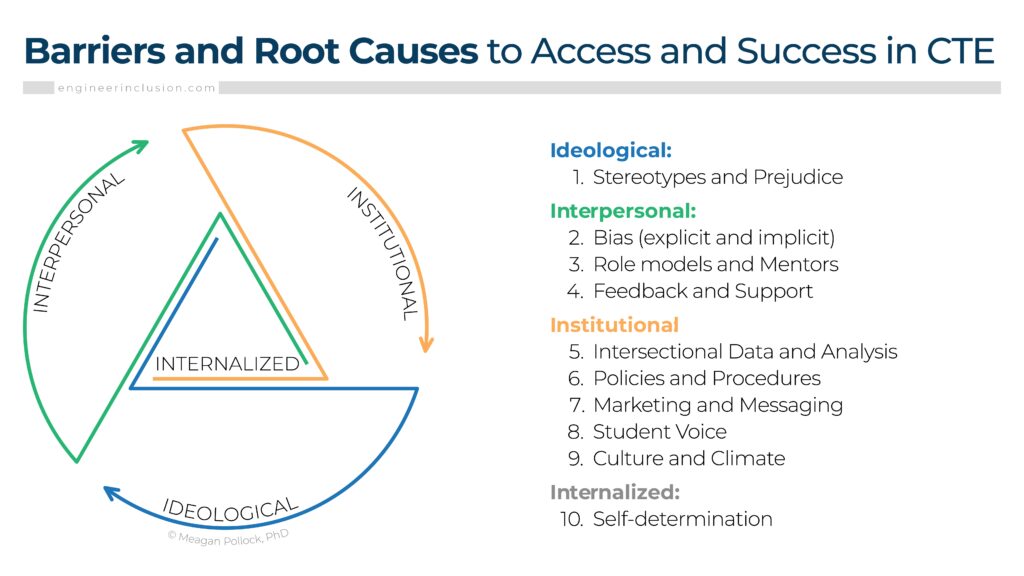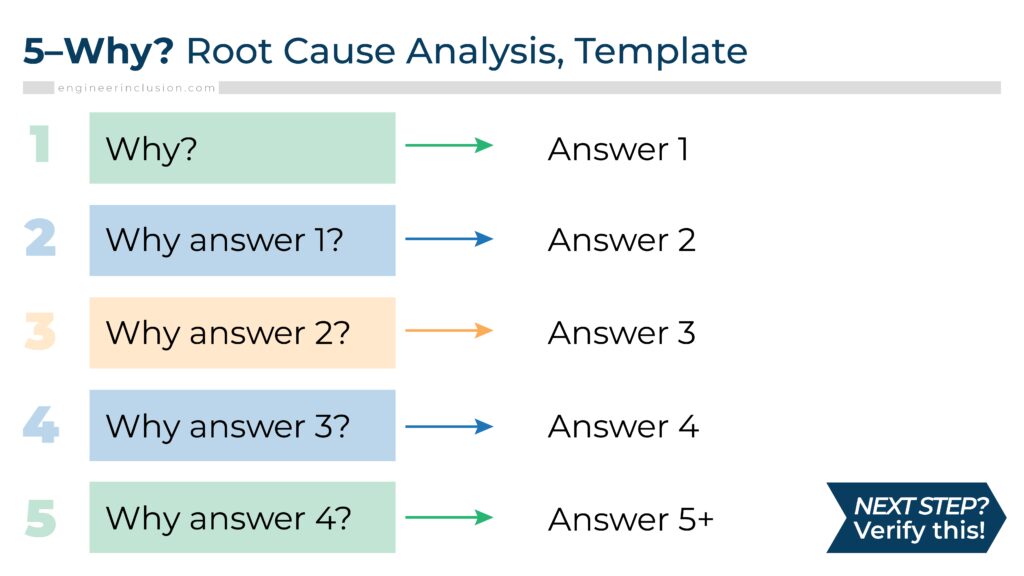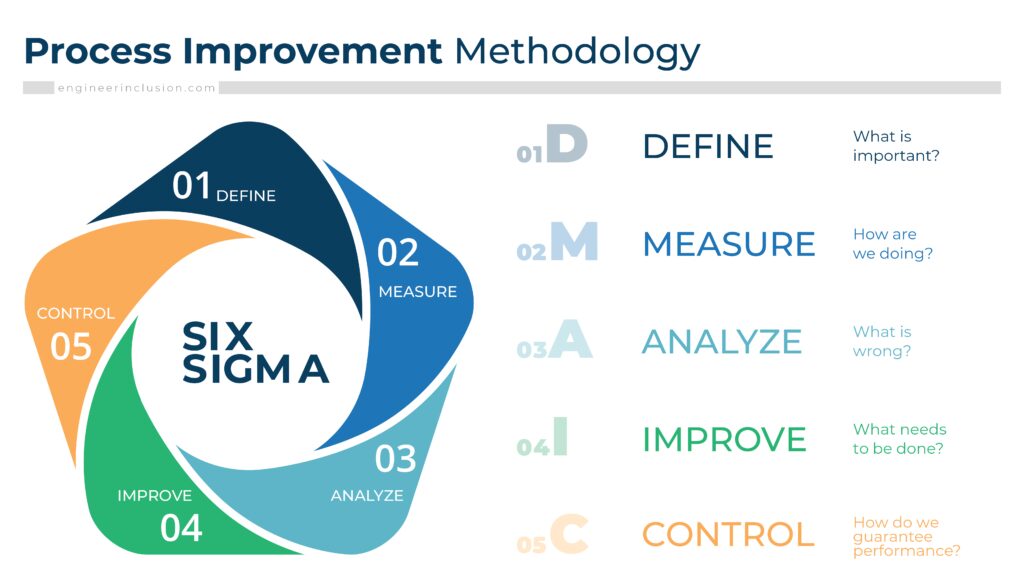For diversity, equity, and inclusion issues, we must find the root causes for our specific populations before diving in with well-intentioned interventions that may miss the mark and leave us no better than before we started. In this post with a recorded workshop, we teach participants how to do a root cause analysis to help uncover the root causes of the more visible symptoms and problems like persistence or interest in nontraditional careers.
To improve equity and access for our students, particularly those in special populations:
We know that data needs to be ready to disaggregate across demographics for special populations. Disaggregated data is data that has been broken down by detailed sub-categories, for example by marginalized group, gender, region or level of education. Next, data must be accessible to educators and administrators for disaggregated reporting. Disaggregated data can reveal deprivations and inequalities that may not be fully reflected in aggregated data. Then we must equip and train staff to analyze data in search of equity gaps. Because of intersectionality, disaggregated data is essential to understanding student success. However, data alone won’t help us improve equity and access for students from special populations.
And while we are consistently working to improve our data, we can begin to address the barriers students face.

Our data helps us see symptoms like participation, performance, persistence. If we look a little deeper, we can identify some problems like awareness and interest. But the root cause is the WHY?! Why aren’t students interested or persisting? Some causes include culture and climate, policies, procedures, bias, and stereotypes.
What is a root cause?
The root cause is the core issue—the highest-level cause—that sets in motion the entire cause-and-effect reaction that ultimately leads to the problem(s).

Decades of research provide us with a wealth of knowledge on the root causes for why special populations don’t pursue and persist in CTE pathways. However, it’s rarely as simple as one thing. A combination of factors is usually at play, systematically reducing equity and inclusion in CTE pathways and careers. Until we verify and deeply examine the root causes for our particular population, we won’t fully understand WHY we see the symptoms and problems we do.

Watch a webinar
In this 90-minute virtual workshop recording, I introduce the top 10 root causes for participation and completion in pathways to Career and Technical Education (CTE) and Science, Technology, Engineering, and Math (STEM) careers through the lens of the 4-I’s of oppression. Download a handout at the end of the post.
5-Why? Root Cause Analysis
Let’s try with a simple strategy to get started to get to a root cause.
If you’ve ever had a conversation with a young child, who is asking why?, do they commonly accept the first response? Not at all! Researchers have explored why young children ask so many “why” questions and conclude that children are motivated by a desire for explanation. Results indicate that when preschoolers ask “why” questions, they’re not merely trying to prolong the conversation; they’re trying to get to the bottom of things. So when it comes to equity and access in CTE, we’ve got to keep asking why. If we don’t keep asking why we won’t get to the bottom of things. We need to find the root cause.
So let’s examine the 5-why template. The goal is to ask why as many times as needed to get to potential root causes that you can then test. You ask why and use the answer to prompt the second question, and so on and so forth.

Here are three examples based on the 5S1, 5S2, 5S3 Perkins performance measures.
Try a Systematic Approach

We recommend the 6-sigma approach, a methodology with five parts, using the acronym DMAIC.
- Define – What is important? This usually is related to our Perkins Quality Indicators. You also want to define your purpose such as Increase the percentage of CTE concentrators graduating from high school having attained a recognized postsecondary credential by X % by X year. You can refine your goal as you move through the process.
- Measure – How are we doing? This is where we dig into the disaggregated data to identify equity gaps. You want to look at the program level, over time, disaggregated by special population, crossed with race and gender.
- Analyze – What is wrong? Here is where we do a root cause analysis. A root cause analysis is a structured process that assists in identifying underlying factors or causes of an adverse event. Understanding the contributing factors or causes of a system failure can help develop actions that sustain the correction.
- Improve – What needs to be done? Once we verify the root causes, we can design targeted and strategic interventions to address the barriers and issues.
- Control – How do we guarantee performance? This is really about measuring efforts, reflecting, and making a plan to repeat the process for continuous improvement.
The heart of the process is identifying root causes and barriers for access and success in CTE, and taking broad corrective action to address those needs specific to your state or region.
You can work through the process yourself, or work with organizations like my own, Engineer Inclusion, AdvanceCTE, or the National Alliance for Partnerships in Equity. You can find lots of resources on all of these websites.
Recorded Workshop
Watch this ~90-minute recorded webinar to walk you through a basic root cause analysis.











